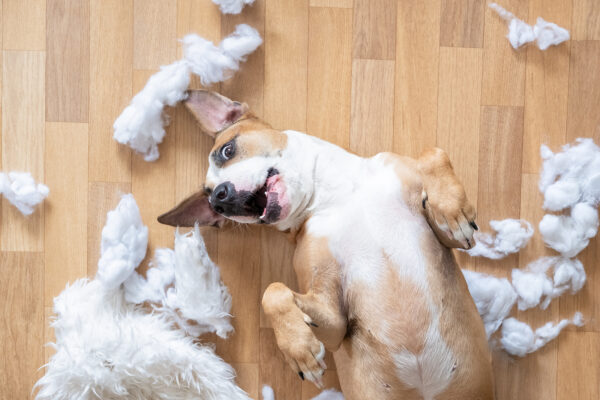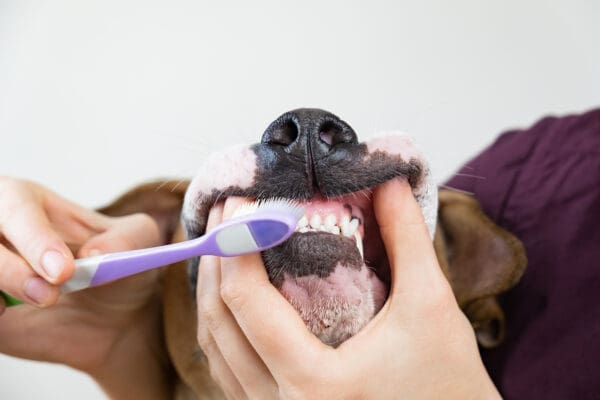
11401 NE 195th St. Bothell, WA 98011
(425) 486-9000 PHONE (425) 486-9002 fax
Natural History
Ball pythons (Python regius), also known as royal pythons, are the smallest python species found in Africa. They get the name ‘ball’ python from their tendency to curl up in a defensive ball, and the origins of the name ‘royal’ python came from the fact that African royalty used to wear this snake as jewelry.
Ball pythons are one of the most popularly kept snakes today due to their calm temperament and ease of care. Over time, breeders have been able to produce over 1,000 different, stunning “color morphs,” or special color patterns, of ball pythons.
Husbandry
Housing: Many different enclosures work well for ball pythons, including plastic tub containers, melamine racks, or any of the commercially available glass aquariums made for reptiles. However, take note that any screen top cage will make it more difficult to provide adequate humidity. Juveniles do best in small enclosures that make them feel secure. A small snake in a big cage can become overwhelmed and stressed. Adults do not require exceptionally large enclosures either. A 36”W x 18”D x 12”H enclosure will more than comfortably house an adult ball python. The bottom of the cage should be lined with reptile carpet, newspaper, paper towels, or recycled paper because these substrates are easy to clean. Wood chips/shavings, coconut husk, and soil are generally not recommended as substrates, as these are harder to keep clean and can lead to respiratory issues. Hiding spots large enough for the snake to curl up in completely should be provided in both the cool and warm ends of the enclosure. Ball pythons are solitary animals; except during breeding season, they do not associate with other snakes. It is not recommended to house more than one snake together unless you are actively trying to breed them.
Heating/Lighting: A thermal gradient should be provided for all ball pythons, with one side of the tank being cooler and the other side being warmer. This allows the snake to self regulate his/her body temperature by moving from one end of the cage to the other. A ball python’s enclosure should have a temperature gradient of around 80F at the cooler end and 85-90F on the hot end. Appropriate heating elements are ceramic heat emitters or various heat bulbs (provided that any light-emitting heat bulbs are turned off at night), or under tank heaters attached to thermostats. The heat source should always be placed outside the cage, as snakes may curl up around it and burn themselves if they have access to it. “Hot rocks” should not be used, as they often lead to severe burns. It is important to purchase a temperature gun, or digital thermometers that possess probes, for accurate temperature readings. Plastic dial thermometers, or any thermometer with a fixed placement, are often unreliable, and do not adequately gauge thermal gradients inside entire enclosures. Ball pythons do not require specialized UV lighting.
Humidity: Ball pythons come from fairly arid scrublands in Africa, which may erroneously give people the impression that their humidity requirements are low to nonexistent. However, ball pythons in the wild spend the majority of their daylight hours underground in abandoned dens or termite mounds, where it is cooler and more humid. In captivity, ball pythons are renowned for having shedding issues such as retained eye caps, and this is often the result of enclosures that are too dry. Ball pythons prefer a humidity of 50-60%, and by maintaining this in your enclosures you will be able to ensure complete sheds for your healthy snake. A hygrometer can be used to monitor humidity levels.
Humid hides made out of enclosed Tupperware, Rubbermaid, or other appropriately sized plastic tubs should be provided for all ball pythons that are kept in screen top cages. These hides should contain approximately 1-2 inches of damp sphagnum, peat, or green moss, which should be changed out whenever soiled.
Water dishes should be wide, preferably large enough for the snake to soak in, and placed under a heat source to promote evaporation. They must be kept scrupulously clean. If the snake is too large for soaking in its bowl, the animal should be removed from the cage and soaked at least once weekly in a tub of tepid water.
Diet
Ball pythons should be fed appropriately sized rats or mice no larger than the largest part of the snake’s own girth. Newborns can eat hopper mice or rat pinkies, while full-grown adults will eat small or medium sized rats. A feeding schedule of every 5 to 7 days is suitable for babies, while adults can be fed once every 7 to 10 days. It is healthier for a snake to eat smaller portions more frequently than it is to feed larger portions less frequently. All ball pythons should be fed pre-killed prey for the safety of the snake. Previously killed, frozen prey should be thawed completely to room temperature before feeding. Never feed prey that is still frozen, and never use a microwave to heat the frozen prey.
We advise feeding snakes in a separate (secure) box that is not their main cage. Snakes fed in their cage can come to associate the lid or door opening with food, and may strike at your hand when reaching in to clean or to take the snake out for some other purpose. Instead of feeding in the cage, place the snake in a separate box in a dim, quiet area to let them feed in peace. They may need to remain there for several hours before feeling comfortable enough to eat.
Handling
Holding a snake can be a safe and enjoyable experience, but some precautions should be taken. Always wash your hands before and after handling, and never let your snake wrap itself around your neck. Ball pythons may curl themselves up into a ball the majority of the time you attempt to hold one, but the more a snake is handled, the more comfortable/tame it will become.
Common Medical Issues
Respiratory: Excessive dryness, cool temperatures, or continued exposure to a dirty environment can all lead to the infection of a snake’s respiratory system. If you notice that your snake is breathing with its mouth open, making noises during breathing, or exhibiting discharge or bubbles from its nostrils or mouth, contact a reptile veterinarian immediately.
Shedding: Shedding problems are common with snakes that are ill or suffering from improper husbandry. A healthy, well-kept snake should shed their skin in a single piece, including the caps over their eyes and the tail tip. If your snake is having difficulty clearing the whole shed, we recommend a veterinary exam.
Anorexia: Ball pythons are quite sensitive to the world around them, and are known for going off of food for long periods of time for a variety of reasons. Inadequate temperatures, improper cage size, going into shed, reproductive activity, or simply being offered a food that is different than normal can sometimes upset a ball python into refusing food. Careful monitoring of any snake who refuses food is recommended to assess whether or not other symptoms of sickness are showing, and persistent anorexia warrants a veterinary visit.
Scale rot: With particulate substrates such as shredded aspen, the risk of scale rot is higher than it might be with paper towels, but the biggest cause of this issue is an improperly cleaned cage. Scale rot will show up as brown or raw pink ulcerations on the snake’s belly, and will begin to erode the scales themselves if left untreated.
Parasites: Internal parasites in the gastrointestinal tract can be present in any snake, and can exacerbate an already ill animal’s problems. The best way to prevent this from being an issue is to have yearly fecal exams with your veterinarian while maintaining excellent husbandry at home. External parasites, such as mites and ticks, need to be treated immediately, as they can be vectors for fatal viral diseases.
Injuries From Prey: Feeding live prey to a snake can sometimes have tragic results. When a snake is reluctant to eat for whatever reason, rodents that are left in the cage can chew on the snake’s skin and remove large chunks of skin/scales. They can also deliver damaging bites when the snake attempts to asphyxiate them, sometimes injuring the snake’s head and causing lifelong deformities. In some cases, these bites can be fatal. It is recommended that snakes be fed pre-killed prey to prevent any injuries.
March 30, 2015
Content of this Care Sheet Courtesy of:
The Center for Bird and Exotic Animal Medicine
11401 NE 195th St. Bothell, WA 98011
(425) 486-9000 PHONE (425) 486-9002 fax



